С момента своего появления в начале 1980-х годов базовая функциональность станка для подбора и размещения деталей практически не изменилась. Однако требования к размещению - в частности, к скорости и точности - претерпели значительные изменения в связи с быстрым развитием электронной промышленности, а также тенденцией к миниатюризации компонентов и высокоплотной сборке. Мы исключаем из нашего обсуждения так называемое мелкосерийное оборудование, а именно ручные SMT-машины, которые использовались в ранние годы и до сих пор используются в основном для создания прототипов и исследований. Это связано с тем, что такие машины не могут конкурировать с основными SMT-установками по техническому уровню и сфере применения. Что касается основных SMT-установок, используемых в массовом производстве, то с технической точки зрения их можно разделить на три поколения. Сначала представим этапы развития машин для укладки SMT и новые технологические тенденции.
Прежде всего, мы хотим обсудить этапы развития машин для подбора и размещения SMT. Самым ранним оборудованием в SMT-индустрии были машины первого поколения. Станки первого поколения появились в начале 1970-х - начале 1980-х годов как раннее сборочное устройство, вызванное применением технологии поверхностного монтажа в промышленной и бытовой электронике. Несмотря на то, что механический метод выравнивания, использовавшийся в этих машинах, приводил к низкой скорости размещения компонентов (примерно 1000-2000 компонентов в час) и относительно низкой точности размещения (примерно ±0,1 мм для X-Y позиционирования и ±0,25 мм для точности размещения), и несмотря на их простую функциональность, они уже обладали всеми основными элементами современных машин для захвата и размещения.
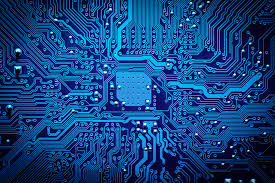
По сравнению с ручным монтажом компонентов такие скорость и точность представляли собой глубокую технологическую революцию. Более того, первое поколение SMT-машин для монтажа положило начало новой эре крупномасштабного, полностью автоматизированного, высокоэффективного и высококачественного производства электронных изделий. На ранних этапах развития SMT, когда компоненты поверхностного монтажа были относительно крупными, например, чип-компоненты типа 1608 и шаг ИС от 1,27 до 0,8 мм, эти машины уже были способны удовлетворить требования массового производства. С непрерывным развитием SMT и миниатюризацией компонентов это поколение SMT-машин уже давно вытеснено с рынка и сейчас встречается лишь на нескольких небольших предприятиях. Следующим этапом развития стало появление второго поколения машин для сборки и установки. С середины 1980-х до конца 1990-х годов отрасль SMT постепенно становилась зрелой и быстро развивалась. Под влиянием этого роста в станках второго поколения появились оптические системы для выравнивания компонентов, что значительно повысило скорость и точность работы станка. Это усовершенствование соответствовало растущему спросу на быстрое распространение и развитие электронных продуктов. В процессе разработки появились два разных типа станков: высокоскоростные станки, предназначенные в первую очередь для монтажа компонентов микросхем и отличающиеся высокой скоростью монтажа, и многофункциональные станки, предназначенные в первую очередь для монтажа различных ИС и компонентов неправильной формы. Эти два типа станков имеют совершенно разные функции и области применения.
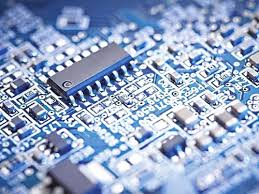
Подборщики второго поколения также имеют две подкатегории, первая из которых - высокоскоростные машины. Высокоскоростные машины в основном используют вращающуюся многоголовочную структуру с несколькими соплами. По направлению вращения относительно плоскости печатной платы они могут быть дополнительно классифицированы на станки башенного типа (когда направление вращения параллельно плоскости печатной платы) и колесного типа (когда направление вращения перпендикулярно или под углом 45° к плоскости печатной платы). Благодаря внедрению технологии оптического позиционирования и прецизионных механических систем, таких как шарико-винтовые пары, линейные направляющие, линейные двигатели, гармонические приводы, прецизионные вакуумные системы, различные датчики и компьютерные технологии управления, скорость размещения высокоскоростных машин достигла порядка 0,06 секунды на деталь, приблизившись к пределам электромеханических систем. Второе направление - многофункциональные машины. Многофункциональные машины, также известные как универсальные, могут размещать различные компоненты упаковки ИС и компоненты неправильной формы, а также небольшие компоненты микросхем. Они могут размещать компоненты различных размеров и форм, отсюда и название "многофункциональная машина". Структура многофункциональных машин в основном состоит из арочной конструкции и многосопловой головки линейного перемещения, отличающейся высокой точностью и гибкостью. В многофункциональных машинах особое внимание уделяется функциональности и точности, но их скорость укладки не такая высокая, как у высокоскоростных укладочных машин. В основном они используются для размещения различных упакованных ИС и крупных компонентов неправильной формы, а также для размещения небольших компонентов поверхностного монтажа в средне- и мелкосерийном производстве и при создании прототипов.
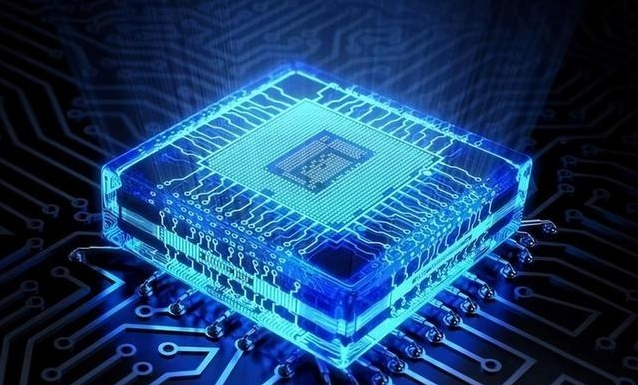
С быстрым развитием SMT и дальнейшей миниатюризацией компонентов, появление более изысканных форм SMD-упаковки, таких как SOP, SOJ, PLCC, QFP и BGA, сделало это поколение машин для подбора и установки все более неадекватным. Они постепенно исчезли из поля зрения производителей сборно-разборных машин. Тем не менее, большое количество сборно-разборных машин второго поколения используется и сегодня, а их применение и обслуживание остаются важными темами в SMT-оборудовании.
К основным техническим характеристикам машины 3-го поколения относятся модульная платформа с композитной архитектурой, высокоточная система технического зрения и выравнивания по полету, двухдорожечная структура, многоарочная, многопикировочная головка и многосопловая структура, интеллектуальная подача и обнаружение, высокоскоростной, высокоточный линейный привод, высокоскоростная, гибкая, интеллектуальная пикировочная головка и, наконец, точный контроль перемещения по оси Z и силы размещения. Хотя технология - это один из аспектов, главными характеристиками станка 3-го поколения являются его высокая производительность и гибкость. Например, он сочетает в себе функции высокоскоростного и многофункционального станка. Благодаря гибкой структуре модульных/модульных/ячеечных машин можно выбирать различные конструктивные узлы для выполнения функций как высокоскоростных, так и универсальных машин на одном станке. Также очень важен баланс между скоростью и точностью размещения. Например, в станках нового поколения используются высокопроизводительные размещающие головки, точное визуальное выравнивание и высокопроизводительные компьютерные аппаратно-программные системы.
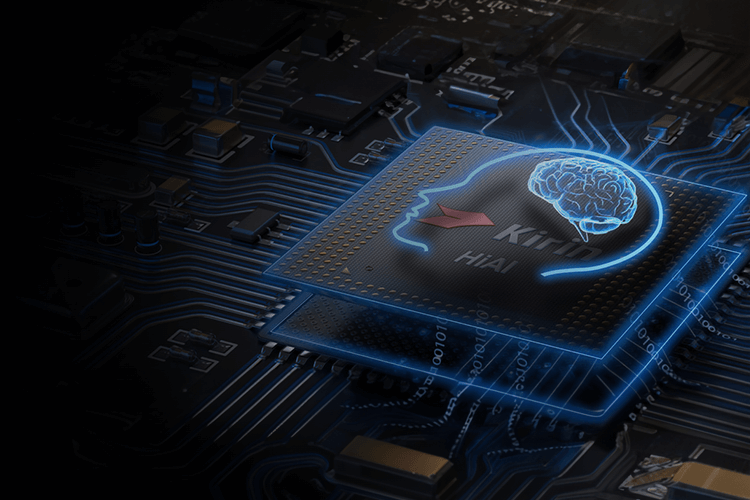
Кроме того, высокая эффективность укладки достигается благодаря таким технологиям, как высокопроизводительные укладочные головки и интеллектуальные устройства подачи, что позволяет достичь фактической эффективности укладки более 83% от идеального значения. Высокое качество укладки также имеет решающее значение. Это достигается за счет точного измерения размеров по оси Z и контроля усилия размещения для обеспечения хорошего контакта между компонентами и паяльной пастой, а также за счет применения APC для контроля положения размещения, что обеспечивает превосходные результаты. В целом, производственная мощность на единицу площади пола у машин третьего поколения примерно в два раза выше, чем у машин второго поколения. Наконец, в машинах третьего поколения можно также применять интеллектуальные программные системы для сборки в штабеля. Это одна из причин, по которой комплектовочные машины третьего поколения в настоящее время так быстро развиваются.
Во-вторых, мы хотим обсудить будущие перспективы и развитие третьего поколения машин для подбора и установки SMT. Прежде всего, это высокая производительность: при разработке машин для подбора и размещения скорость, точность и функциональность размещения всегда находились в состоянии противоречивых приоритетов, заставляя пользователей идти на компромисс между скоростью и точностью. В результате высокоскоростные и многофункциональные станки остаются двумя основными видами размещения, используемыми сегодня. Однако в условиях растущей конкуренции в области электроники будущего, когда обновление продукции ускоряется, а тенденция к разнообразию продуктов и мелкосерийному производству становится основной, новые технологии упаковки, такие как BGA, FC, CSP и PoP, предъявляют все более высокие требования к SMT-машинам. В результате конфигурации SMT-машин должны развиваться, чтобы идти в ногу с этими изменениями. С развитием таких технологий SMT-машин, как модульность, двухполосная транспортировка, многоплечие и многопозиционные головки, выравнивание в полете и молниеносное размещение, достижение баланса между скоростью, точностью и функциональностью размещения в рамках одной SMT-машины стало новым направлением.
Высокопроизводительные SMT-машины, сочетающие в себе высокую скорость, высокую точность, многофункциональность и интеллектуальность, станут мейнстримом. Второй момент - высокая эффективность: высокая эффективность означает повышение эффективности производства, сокращение рабочего времени и увеличение производственных мощностей. Для автоматизированного оборудования с ЧПУ, такого как станки с ЧПУ, эффективность программирования программного обеспечения имеет решающее значение для повышения эффективности оборудования. Разработка более мощных функциональных систем программного обеспечения, включая различные формы файлов печатных плат, прямая оптимизация генерации программных файлов, сокращение времени ручного программирования, разработка систем диагностики неисправностей станка и комплексных систем управления для массового производства, а также достижение интеллектуального управления являются ключевыми компонентами будущего развития высокоэффективных станков с ЧПУ. Кроме того, совершенствование структуры оборудования и режимов работы также являются важными методами повышения эффективности производства. Двухполосные конвейерные SMT-установки сохраняют производительность традиционных однополосных машин, а транспортировка, позиционирование, контроль и размещение печатных плат осуществляются в двухполосной структуре. Эта двухполосная структура может работать как в синхронном, так и в асинхронном режимах, что позволяет сократить время простоя машины и повысить эффективность производства; Третий момент - высокая интеграция. Высокая интеграция включает в себя два аспекта: интеграцию технологии оборудования и интеграцию технологии и управления. Интеграция технологий оборудования подразумевает перекрестное применение, интеграцию и слияние нескольких технологий. Например, мехатроника объединяет технологию обнаружения и зондирования, технологию обработки информации, технологию автоматического управления, технологию сервопривода, технологию точной механики и технологию системного уровня в комплексное приложение.
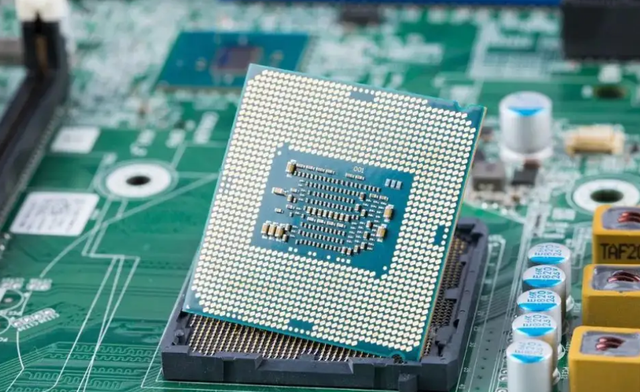
Что касается интеграции технологий и управления, то она предполагает полное использование компьютерных, автоматизированных и сетевых технологий для достижения органичной интеграции технологий применения оборудования и управления. Особенно важно использование интегрированного оборудования, такого как автоматизированные производственные линии. Например, встраивание систем SPC и прослеживаемости в оборудование линии SMT может максимально повысить производительность оборудования, увеличить производственные мощности и улучшить качество; четвертый момент - использование "зеленой" энергии. Это неизбежная тенденция в будущем развитии электронного производства. Развитие человеческого общества неизбежно приведет к гармонии между человеком и природой, и комплектовочные машины не являются исключением. В будущем оборудование для подбора и установки должно учитывать воздействие на окружающую среду, начиная со стадии разработки концепции, проектирования, производства, продажи, использования и обслуживания, утилизации и восстановления, с упором на улучшение использования материалов, снижение энергопотребления и максимальную отдачу от инвестиций пользователя. В последние годы понятия "зеленое производство" и "защита окружающей среды" приобрели новый смысл. Охрана окружающей среды теперь понимается в более широком смысле, охватывая не только защиту природной среды, но и социальной среды, производственной среды, а также физического и психического здоровья производителей. В этих условиях целью является разработка высокоточного, высокоэффективного, высококачественного оборудования для размещения с короткими сроками поставки и отличным послепродажным обслуживанием; Наконец, наиболее важным фактором является разнообразие. Современный мир разнообразен и многогранен. Развитие разных стран и регионов происходит неравномерно, и даже в пределах одной страны разные регионы развиваются разными темпами. Это приводит к различным требованиям к качеству и уровню электронной продукции.
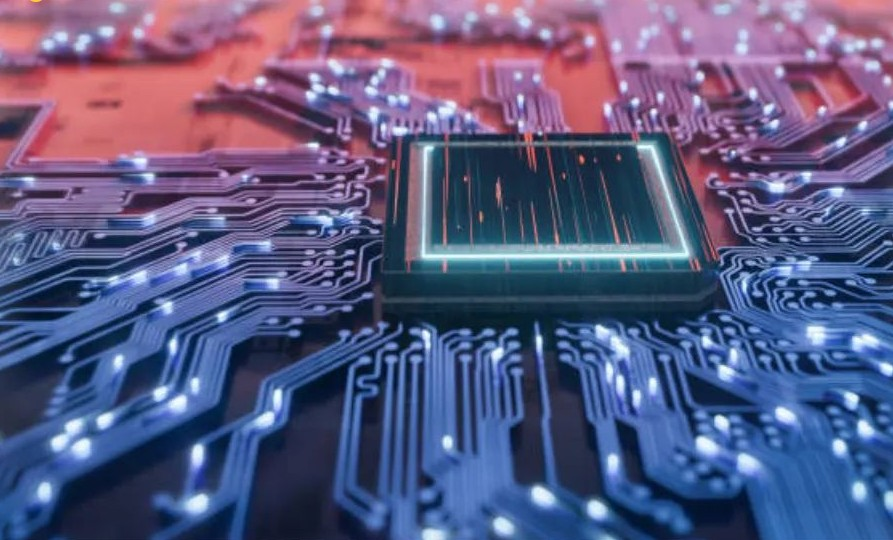
В то же время различные области применения предъявляют совершенно разные требования к надежности среды применения электронных изделий, что также обуславливает различные требования к процессам и оборудованию для производства изделий. Эти разнообразные требования приведут к тому, что в будущем сборочное оборудование будет развиваться в направлении диверсифицированной структуры и междисциплинарных технологий. С одной стороны, производителям необходимо будет разместить как многофункциональные, гибкие универсальные комплектовочные машины, способные работать с различными типами изделий, так и высокопроизводительные специализированные комплектовочные машины, предназначенные для конкретных областей и продуктов.
В заключение следует отметить, что существует необходимость в производстве высокопроизводительных сборно-разборных машин с полной автоматизацией, интеллектом, высокой точностью и большой производственной мощностью для крупных предприятий и требований к высокой плотности сборки, а также средне- и низкопроизводительных сборно-разборных машин, подходящих для малых и средних предприятий и общих потребностей в электронной продукции. Такой подход позволяет одновременно разрабатывать высокопроизводительные основные SMT-машины, предназначенные для крупномасштабного промышленного производства, и более мелкие, неосновные SMT-машины, подходящие для исследований, образования и лабораторных приложений.





